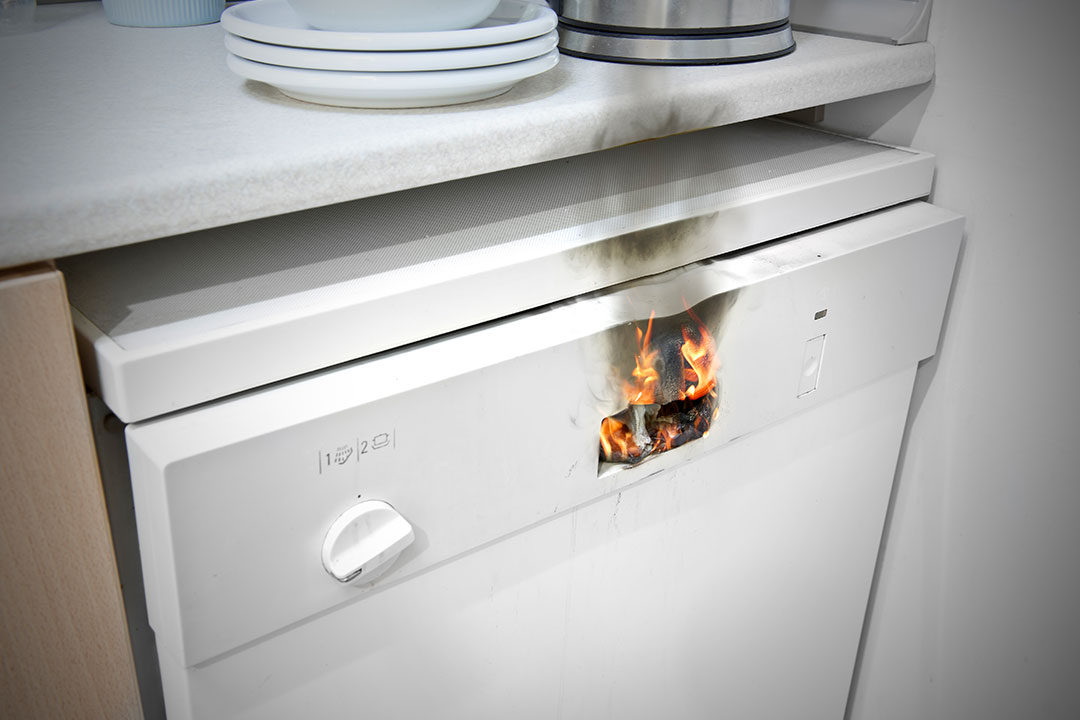As humans, we all make mistakes – but, when it comes to the products we use on a daily basis, we expect them to be produced correctly. Thousands of product defects cause severe injuries each year due to manufacturing, design or labeling issues. From failed airbags to recalled equipment to mislabeled active ingredients — defective products can cause injuries that leave behind a trail of physical, mental and emotional damages.
If you are injured by a defective product, you may have a claim for damages from the manufacturer, designer or additional distributors of the product that caused you harm. You may be wondering: what qualifies as a successful product liability claim? Let’s take a look at the three types of product liability claims that can be made following an injury.
Defectively Manufactured Product Claims
When a product fails to function properly and leads to injury, it falls under a defectively manufactured product claim. A defectively manufactured product arises when there is an error in making it such as a factory error or a product construction error. Some examples of injuries caused by defectively manufactured products are:
- A bicycle missing necessary screws causing a serious accident;
- An improperly installed wiring system in cooking equipment leading to a fire; or
- A vehicle that suffers tire tread separation due to improper adhesion of the rubber and steel from contaminants during the manufacturing process.
In order to have a valid product liability claim, the injury must be caused by the poor manufacturing of the product — not by your own misuse of the product.
Defectively Designed Product Claims
Product designs can also lead to personal injury if its design is inherently dangerous to anyone who uses the product. Defectively designed product claims require that an entire product line is defective because of how the product was designed — regardless of its manufacturing protocols. For example, if a car comes without a seatbelt and the driver gets injured in an accident, this would be considered a defectively designed product claim.
Failure-To-Warn Product Claims
A product’s instructions and labels are as important as the product itself. A failure to provide adequate warnings, labels or instructions for a product’s proper use may lead to a product liability claim. Failure-to-warn claims typically involve a dangerous product that is not as obvious to a user or requires extreme caution when using the product. These types of product liability claims include examples such as not listing side effects in medications, failing to include warning labels for food allergies, and even failing to mention proper handling for dangerous materials such as products including chemicals.
Filing failure-to-warn product liability claims requires evidence that the warnings, labels or instructions were not available, accessible or visible to the average consumer. Additionally, you will also need to include evidence that your injury was caused by improper layout of warnings and instructions.
What Do I Need to Prove to Win My Case?
Once a product liability claim has been filed, you must prove four things occurred to have the best chance of winning your case and obtaining compensation for your damages in Missouri. The four aspects you must prove are:
- You sustained an injury;
- The product was defective due to manufacturing, design or failure-to-warn;
- The product you used caused your injury; and
- You used the product as intended.
Look to MHM for Filing Product Liability Claims
As consumers, we place our trust in manufacturers, designers and companies to provide good quality products and services. When those conditions are not met, the attorneys at MHM are ready to step in and help you build a successful product liability claim. Contact one of our product defect attorneys today to form your case.
